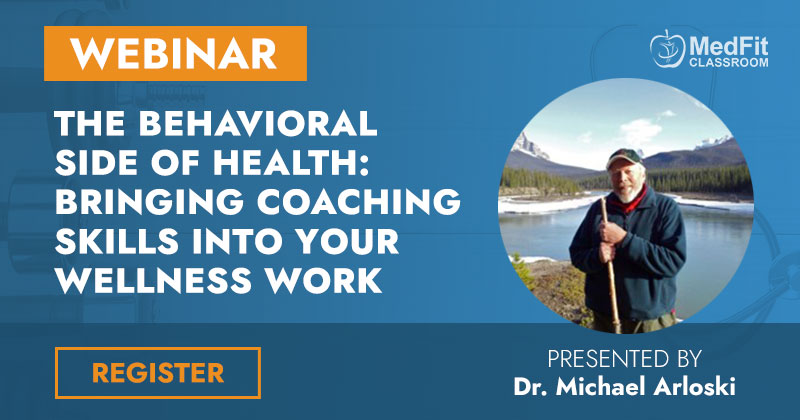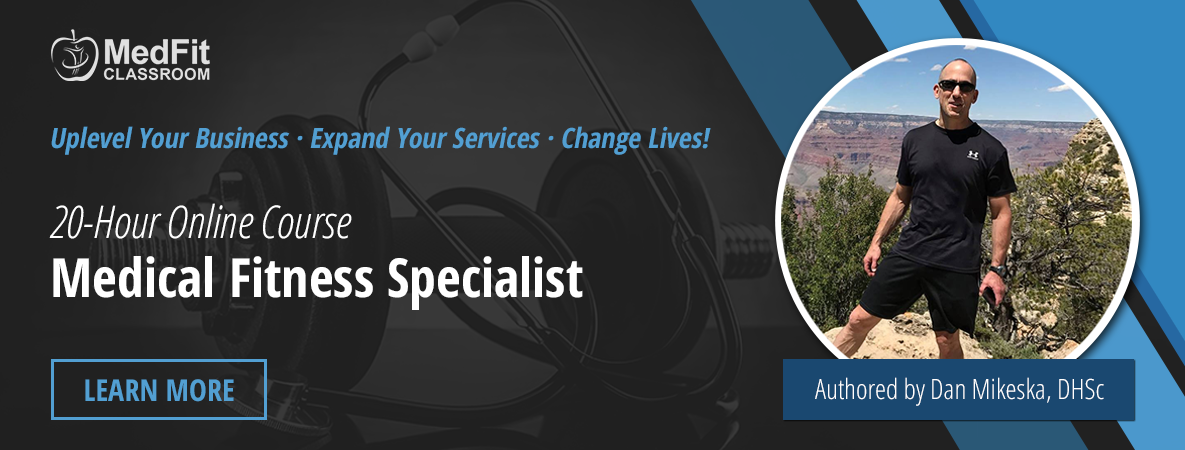What Motivates Us to Change?
Humans are neurobiologically wired to seek out safety, convenience, and familiarity in our day to day choices. The repetition of these choices create our behavioral patterns.
Behaviors serve two purposes; first, to get something. Second, to avoid something.
Our behaviors cannot change until we become consciously aware of what environment and/or triggers are creating them.

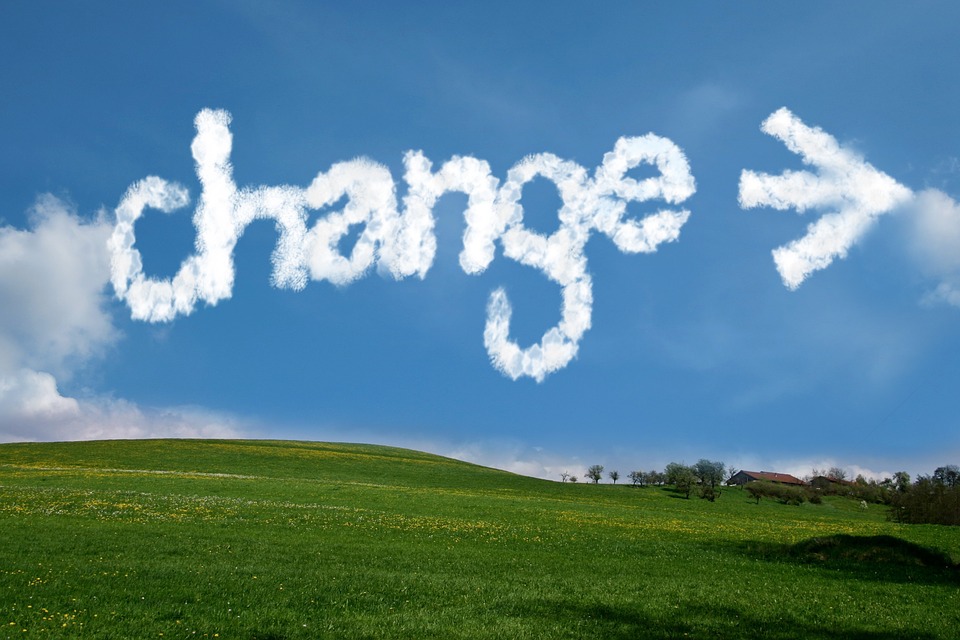




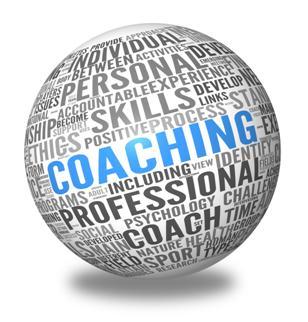
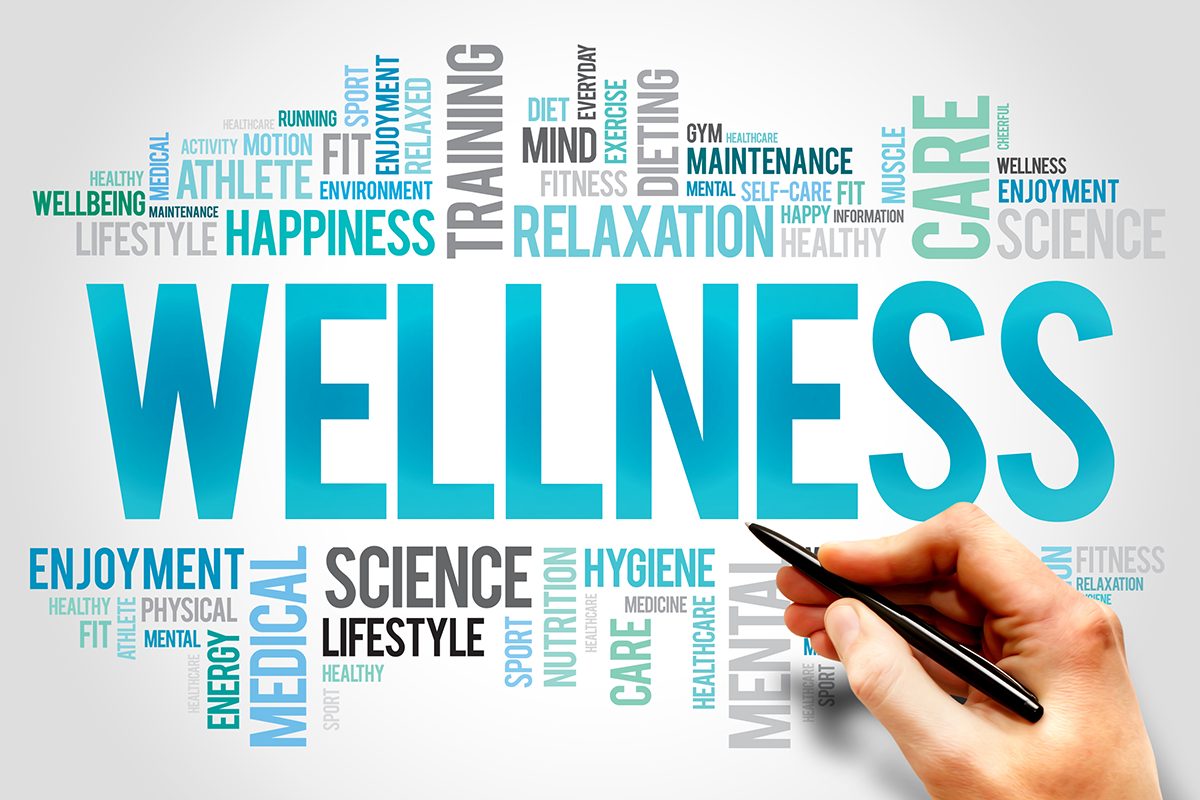
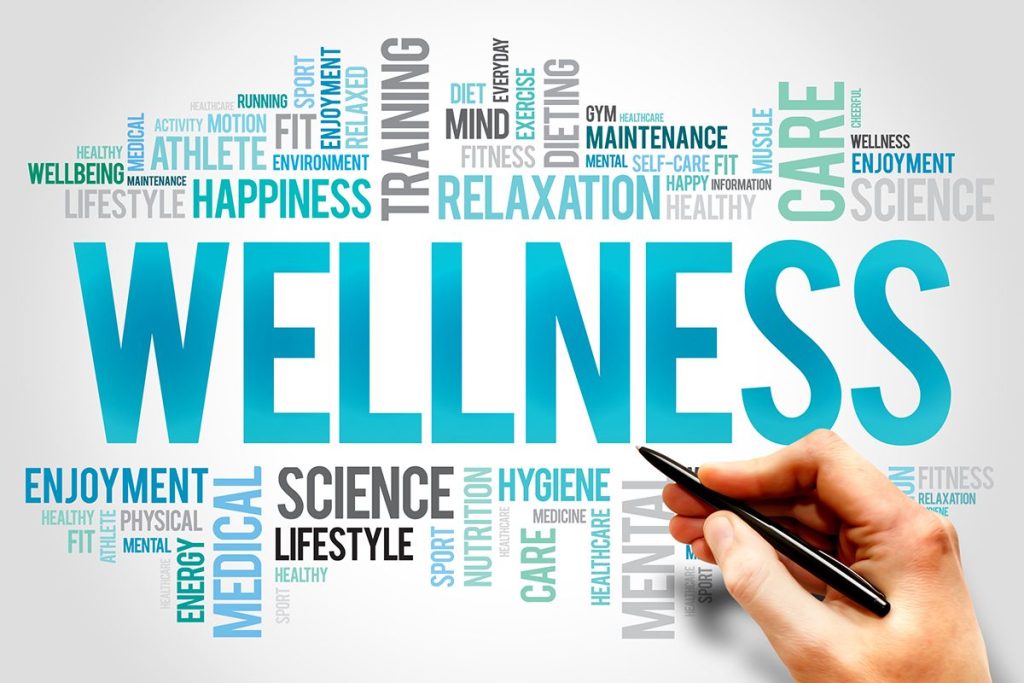
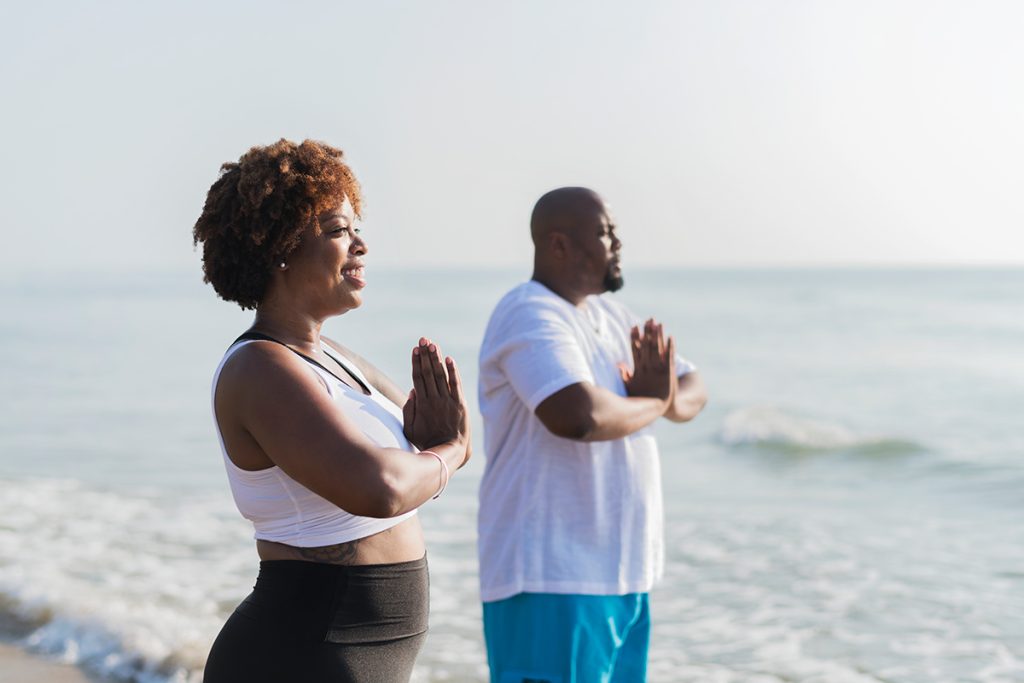



 To guide coaches, the National Board for Health and Wellness Coaches (NBHWC) has developed a Scope of Practice Statement. Here is the part most relevant to our question:
To guide coaches, the National Board for Health and Wellness Coaches (NBHWC) has developed a Scope of Practice Statement. Here is the part most relevant to our question: